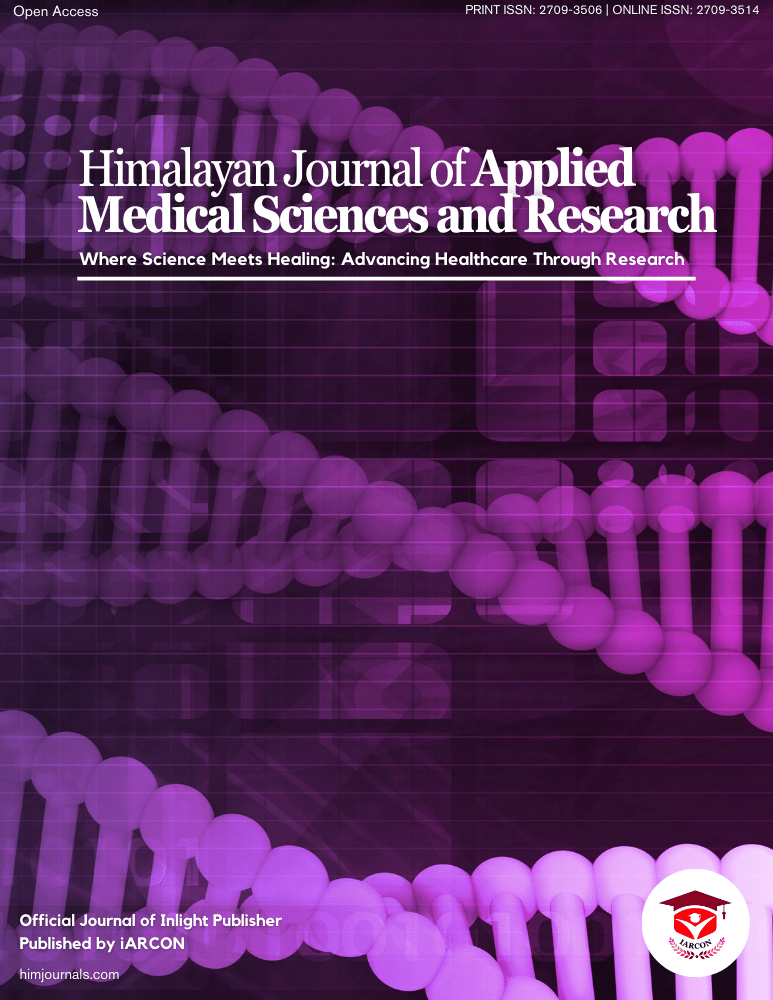Depending upon the development of various clinical features, the type of snake was divided into venomous and non–venomous. Non venomous bite does not show any marked clinical features but the snake was spotted physically by victim/guardian. Generally, pain was present at bite site but no swelling or edema was noticed. Venomous snake bite showed severe local symptoms (swelling rapidly crossing a joint or involving half of the bitten limb, in the absence of a tourniquet), systemic symptoms and coagulation defects. There were various modes of presentation of patients suggestive of either hemotoxic or neurotoxic nature of the snake. The bites have any of the following manifestations – Whole Blood Clotting Time (WBCT) of more than 20 min, haematuria, epistaxis, hypotension, ecchymosis, sub-conjunctival bleed, haematemesis or encephalopathy were classified as haemotoxic bites. Those bites having ptosis, diplopia, convulsions, dysphagia or inability to speak were classified as neurotoxic bites.
As per the parents/guardian description, most snake bites were suggestive of venomous snake bite (green colored snakes could be pit viper/bamboo pit viper, black colored may be krait or cobra). 70% of the bites were hemotoxic, 20% were dry bites and 10% were neuroparalytic type. Some patients also showed marked local reaction at site of bite; hence the bites were further categorized as mentioned in Table 1.
The ratio of vasculotoxic to neuroparalytic snake bite in male patients was 14:1 and in female patients was 7:2. 10% (n=3) patients were admitted unconscious while rest 90% (n=27) were calm, conscious, alert and in good physical condition. None of the patients were febrile on admission.
Most of the patients 73.33% (n=22) admitted at IGMC, Shimla were referral cases, presented with either bite history or some features of envenomation. Among these, two cases each were of nonpoisonous bite and neuroparalytic envenomation while rest 81.81% (n=18) were of hemotoxic envenomation. Among all the 30 cases admitted at IGMC, Shimla 20% cases observed were nonpoisonous bites, 6.66% were neurotoxic only, 16.7% were hemotoxic only, 3.3% were neurotoxic and local while 53.4% were hemotoxic and local envenomation.
Among the thirty patients, 20% of the patients were asymptomatic and the rest 80% patients showed various signs of envenomation. The most common clinical manifestation was local pain (83.3%) followed by edema/swelling (70%). In hemotoxic snake bites, local edema was mostly present in all patients but cellulitis/ulceration and bite site gangrene was also observed in one-one patient. 38.1% (8/21) patients had vomiting as constitutional symptoms. 20WBCT was positive for 15 patients (50%).
Depending upon the severity and rapidity of development of clinical signs and symptoms, the envenomation was given four grades i.e. Grade 1, Grade 2, Grade 3 and Grade 4 (Table 2). All dry bite cases (20%) were classified as Grade 0. All cases of neuroparalytic envenomation (10%) were classified as Grade 4. Among the (70%) hemotoxic envenomation cases, 19.1% (n=4) were classified as Grade 1, 38.1% (n=8) were classified as Grade 2(mild), 33.4% (n=7) were classified as Grade 3 and 9.5% (n=2) were classified as Grade 4(severe envenomation).


